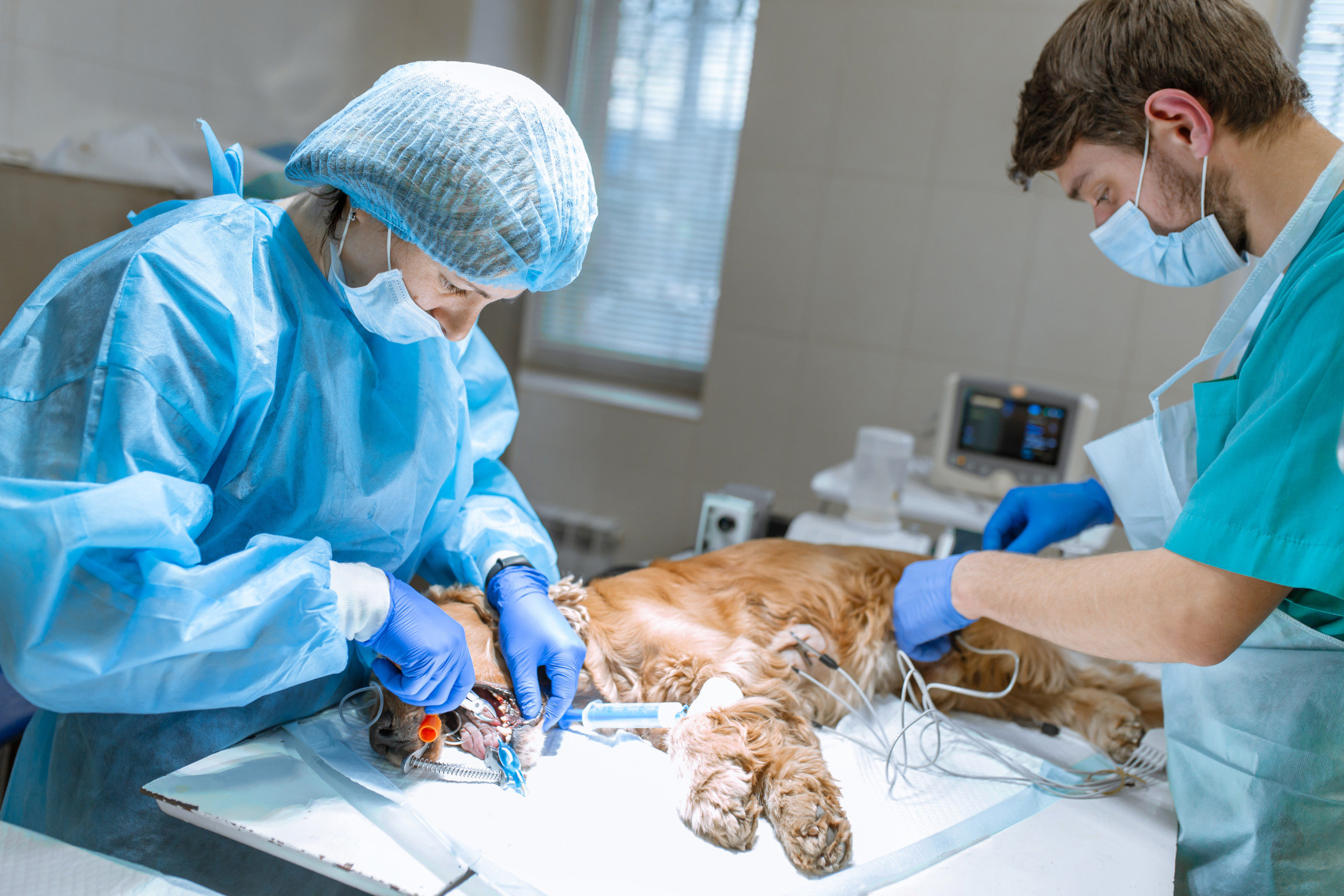
In the dynamic realm of veterinary medicine, the evolution towards non-invasive procedures represents a pivotal stride in enhancing patient care and safety. These innovative techniques not only reduce the necessity for heavy sedation or general anaesthesia but also lead us in to a new era of compassionate and effective treatment for our beloved pets. In this blog, we delve into the various benefits of non-invasive procedures, revealing how they foster an improved quality of life, better patient outcomes, and enhanced collaboration between veterinarians, pet owners, and specialists. Additionally, we explore the transformative potential of Next-Generation Sequencing (NGS) Liquid Biopsy in advancing veterinary diagnostics.
For Veterinarians and Specialists: Non-invasive procedures offer a pathway to mitigate the inherent risks associated with general anaesthesia, safeguarding the well-being of our animal companions. By minimising complications such as respiratory or cardiovascular issues, these techniques can provide a smoother recovery process and bolster patient safety.
For Pet Owners: The prospect of a safer procedure for their cherished pets brings profound reassurance. With reduced pain, faster recovery times, and a prompt return to normal activities, pet owners can witness their furry friends thrive post-procedure, fostering a sense of relief and gratitude.
For Veterinary Practices: Investing in non-invasive technologies such as ultrasound-guided interventions or laparoscopy, as well as some of the latest diagnostic procedures including Next-Generation Sequencing Liquid Biopsy, not only enhances patient care but also yields long-term financial benefits. By curbing surgical complications and minimising hospitalisation needs, these techniques prove to be economically prudent for veterinary practices.
For Pet Owners: Non-invasive options often entail lower expenses compared to their invasive counterparts, thanks to shorter recovery times and reduced hospital stays. This financial relief, coupled with the assurance of a gentler procedure, serves as a beacon of hope for pet owners navigating through the challenges of pet healthcare.
For Pets: Non-invasive procedures represent a paradigm shift towards gentler, yet effective treatment methods. By minimising trauma and discomfort, these techniques empower pets to embark on their healing journey with resilience and vigour, potentially delivering a higher quality of life and well-being.
For Pet Owners: Witnessing their pets emerge from procedures with renewed vitality and zest fills pet owners’ hearts with immeasurable joy and gratitude. The sight of their pets thriving post-procedure serves as a testament to the transformative power of non-invasive veterinary care.
Imaging Technologies: Advanced imaging modalities such as MRI and CT scans revolutionise diagnostic procedures, obviating the need for invasive exploratory surgeries. These non-invasive techniques not only enhance diagnostic accuracy but also minimise patient discomfort and stress.
Endoscopy: By delving into the intricacies of internal systems without the need for incisions, endoscopy emerges as a stalwart ally in diagnosing and resolving gastrointestinal, respiratory, and other medical issues. Its non-invasive nature augments patient comfort and expedites the healing process.
Cryosurgery and Laser Therapy: These innovative modalities offer effective alternatives for tumour removals and lesion treatments, minimising tissue damage and postoperative discomfort. By harnessing the power of precision and non-invasiveness, these techniques pave the way for optimal patient outcomes and recovery.
Next-Generation Sequencing (NGS) Liquid Biopsy: A cutting-edge diagnostic tool that significantly enhances the detection of genetic abnormalities, infections, and cancers through a simple blood sample. Unlike traditional biopsies, which can be invasive and painful, NGS Liquid Biopsy provides a minimally invasive, highly accurate alternative. This technique enables early relapse detection and monitoring of diseases, offering invaluable insights into the health status of pets with minimal stress and discomfort.
Mia the Dog: A Labrador Retriever suffering from chronic ear infections finds solace in video otoscopy, sparing it from repetitive and stressful anaesthesia. Witnessing its swift recovery, both veterinarians and pet owners rejoice in the transformative impact of non-invasive care.
Sooty the Cat: A cat with a foreign object lodged in its digestive tract undergoes endoscopic intervention, circumventing the need for invasive surgical procedures. Through collaborative efforts and innovative techniques, the cat embarks on a path to recovery with minimal disruption to its well-being.
Dr Jane Smith, a seasoned veterinary surgeon, underscores the significance of non-invasive procedures: “Non-invasive techniques epitomise a harmonious blend of compassion and efficacy, enriching the lives of both pets and their devoted owners.”
Dr Richard Miles, a distinguished specialist in veterinary anaesthesiology, emphasises the pivotal role of collaboration: “By embracing non-invasive procedures, we uphold our commitment to patient safety and well-being while fostering a culture of collaboration and innovation within the veterinary community.”
Conclusion:
The integration of non-invasive procedures heralds a new dawn in veterinary medicine, replete with promises of safer, gentler, and more effective treatment modalities. By championing collaborative care and prioritising the well-being of our furry companions, we embark on a transformative journey towards a future where every pet receives the care and compassion they deserve.
To our Pet Owners:
We encourage pet owners to chat with their vets and explore the possibility of non-invasive procedures for their beloved pets where appropriate and applicable. Together, let us pave the way for a future where compassion and innovation converge to redefine the landscape of veterinary care, one gentle procedure at a time.
References:
Please get in touch, we want to hear from you!